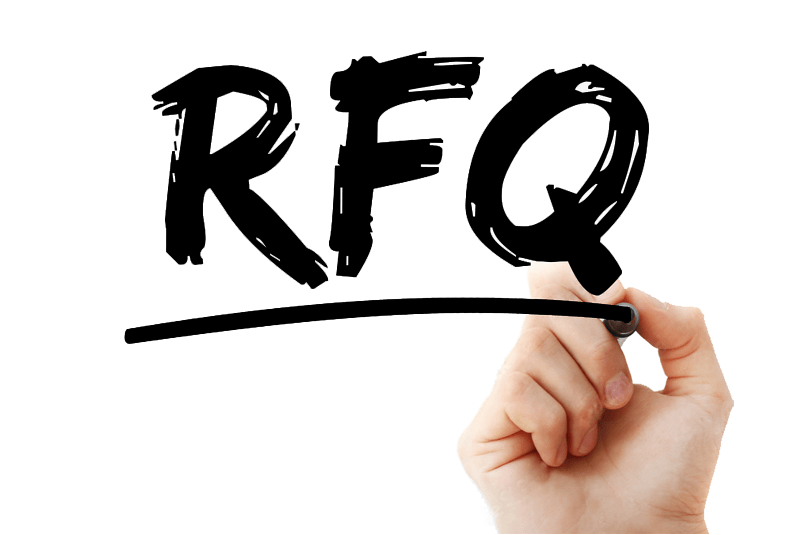A request for a quotation is always the beginning of the procurement process for the manager. It is now that the firm has finally determined which supplier it will purchase supplies from, and it is time for the procurement manager to go to work.
This article will look at what an RFQ means, its advantages, and the steps to create one.
What Exactly Is a Request for Quotation?
A request for quotation (RFQ) is just a request for anything described by procurement standards. A more extensive description would be the firm requesting an estimate of the expenses for completing a project or service from a trustworthy vendor.
When it comes to services given, the question is always when you will do the work or service. Meanwhile, you will evaluate the reliability and speed they may provide to the organization when it comes to products.
How Does Request For Quotation Work?
The initial step in sending a request for proposal (RFP) is usually an RFQ. These two papers are similar in that they contain details about the project or services needed, although RFQs typically request a more detailed price quote. RFQ Management is generally used for generic products with known numbers, whereas RFPs are used for unique, niche projects with unknown quantities and specifications.
Advantages of Asking for Quotation
Giving your distributors an RFQ may seem to be advantageous to them. So, what are the benefits of submitting an RFQ? Here are some of the obvious advantages:
- The number of quotes received is restricted to the number of bidders’ bids, significantly reducing selection.
- We can shorten the deadline for submitting quotations.
- The firm purchasing or procuring products will understand where the things are coming from and the vendor. Therefore, RFQs always have a good chance of being answered.
- Because there is no need to generate solicitation paperwork or market the requirements, you can lower the overall time for the procurement process.
- The project’s objectives
- The deadlines for the deliverables
Step in Creating an RFQ
Here are the steps of theexcellentRFQ process:
1. Preparation and Needs
Before issuing an RFQ, you must establish what you will use and what your company requires. Yes, the preparation phase takes the longest, but it is also vital. Remember that the more details you offer in your RFQ, the more accurate and relevant the vendor answers will be.
2. Data and Information to Include Within the RFQ
Information is essential for the RFQ. The additional information you might provide in the request for quotation should assist you in receiving the appropriate answers from your vendors.
Aside from your RFQ, the following extra documents are required:
- General terms and conditions, including negotiation conditions;
- Prequalification standards help to verify that the seller is qualified to reply.
- A description of your organization, project specifics, and other pertinent information.
- Explicit criteria for selection and rating weights; and
- An introduction and summary in the invitation to bid.
3. Issuing and Management
Send your RFQ to prospective vendors once it’s ready. Most RFQs need no more than eight possible suppliers, provided that they have enough time to react. An RFQ will take suppliers days or weeks to study, prepare, and respond. Moreover, you should get few or no inquiries if you’ve included all relevant information.
4. Choosing and Scoring
Using your pricing template or table, you may compare rates from different suppliers. Include all needed details in your memo. Your team will choose the provider with the best costs and conditions. If the supplier’s reply letter includes additional documents, carefully study each one.
5. Closing and Signing
After an RFQ is issued, the successful vendor firm usually receives a contract with the conditions agreed upon by the supplier and your company. Once your organization has made an offer, generate the agreement. Create your contract using the initial RFQ’s data, payment details, terms & conditions, and deliverables.
6. Review and Evaluation
Once you sign the contract, it is always a great way to test the whole procedure. Did it go off without a hitch? Was the procurement process valuable to the firm? Was there something that was not correct?
After the procedure, never stop asking these questions. This process can help you improve how you construct your RFQ, making the process simpler.
If someone alters the list of bidders or artificially constrains to reduce competition, the RFQ process may become prone to anomalies. However, users can exploit the procedure since you can break down criteria into smaller pieces to evade a more extended and complicated RFP process. Do not allow this to happen to you.






